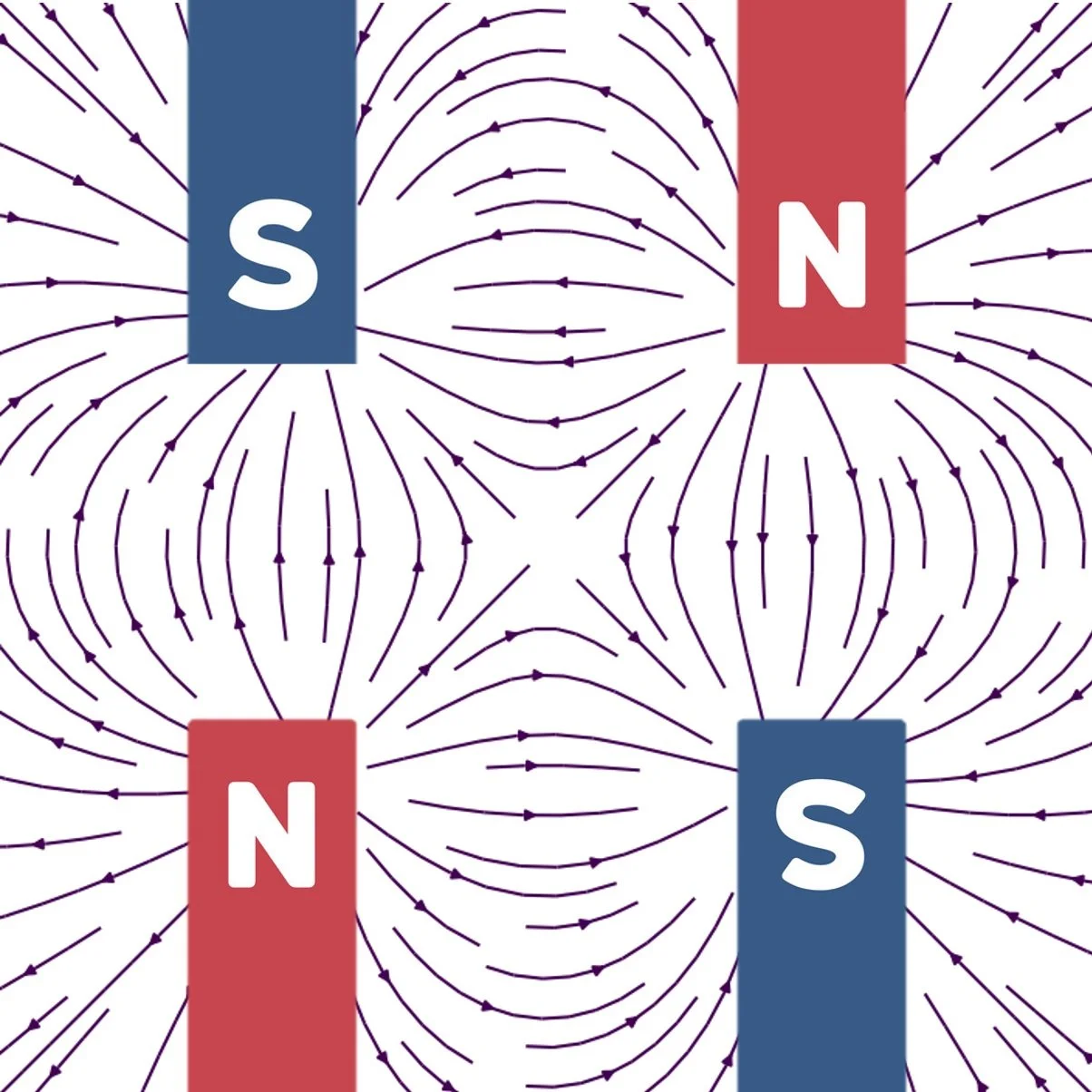Free Particle Optomechanics
I earned my Ph.D. in Physics from Montana State University. My focus was levitated optomechanics, which is the study of particles suspended by a trapping mechanism. Common examples include optical tweezers, where a strong gradient created by a tightly focused laser generates a restoring force for a particle located near the beam waist. Another example is the Paul trap, where an alternating current creates a saddle potential that varies over time, causing suspended particles to oscillate with the alternating field. While these are widely used traps in levitated optomechanics, my research utilized a more specialized approach involving magnetic trapping.
This is the first ‘blog’ post of sorts I am writing for this site, and as such, I am now realizing I have some creative liberty since this is, in fact, my own site! Those of you who wish to learn about this topic with more depth should have no trouble finding various published sources online. Here I will just post various aspects of this research topic that I find neat, mostly in the form of videos. To begin with lets get a view of our magnetic trap:
In the above footage, we see a view of the magnetic trap with a cloud of particles illuminated by a beam of light. The four arms (two on top and two on bottom) are Hyperco 50A machined pieces that form a quadrupole magnetic potential when sandwiched around a SmCo permanent magnet. This potential enables the trapping of diamagnetic particles, which tend towards magnetic field minima.
The quadrupole magnetic field:
A magnetic field minimum is generated at the center by configuring two horseshoe magnets in a ‘N-S-N-S’ configuration.
In Progress…
